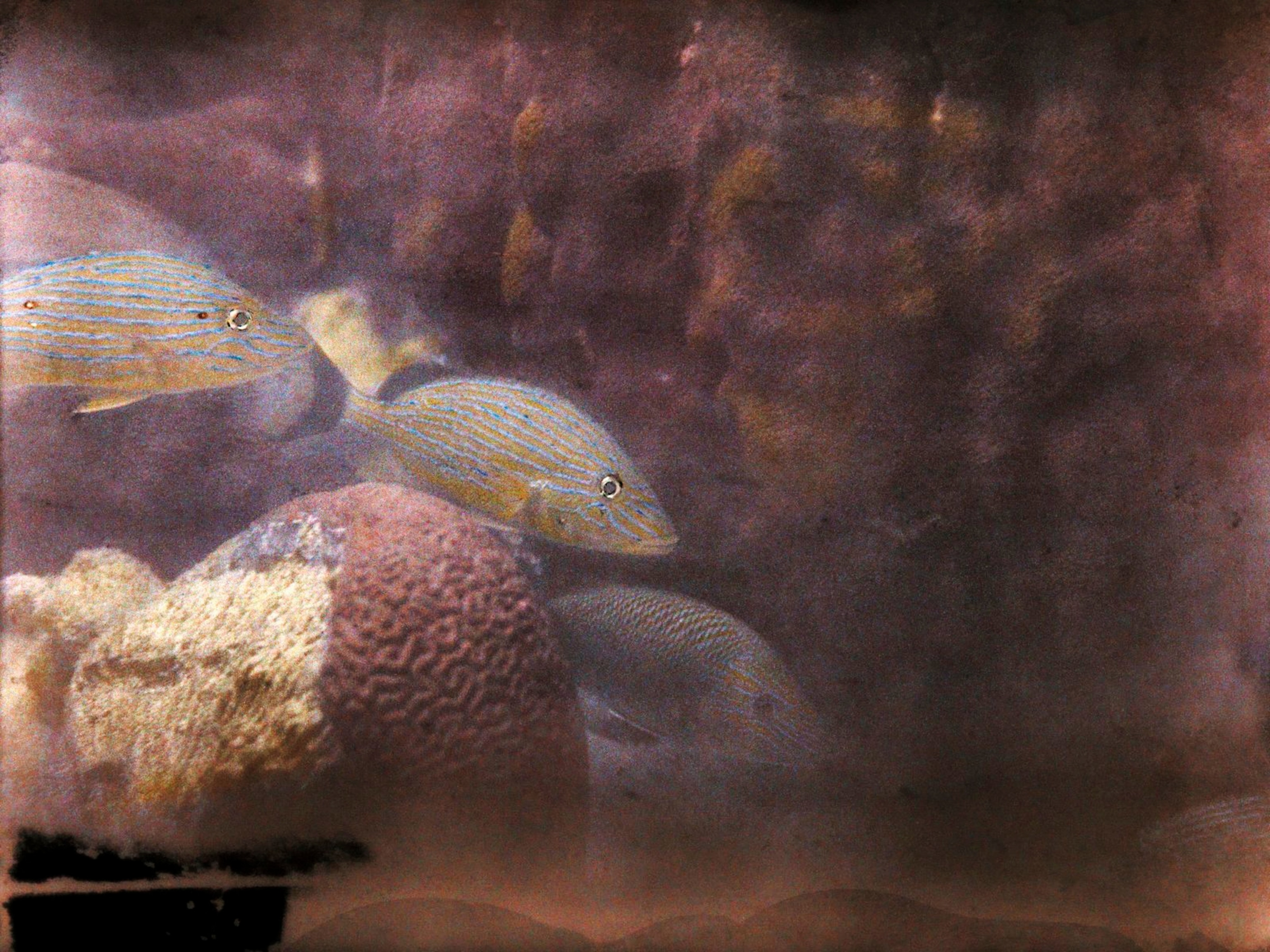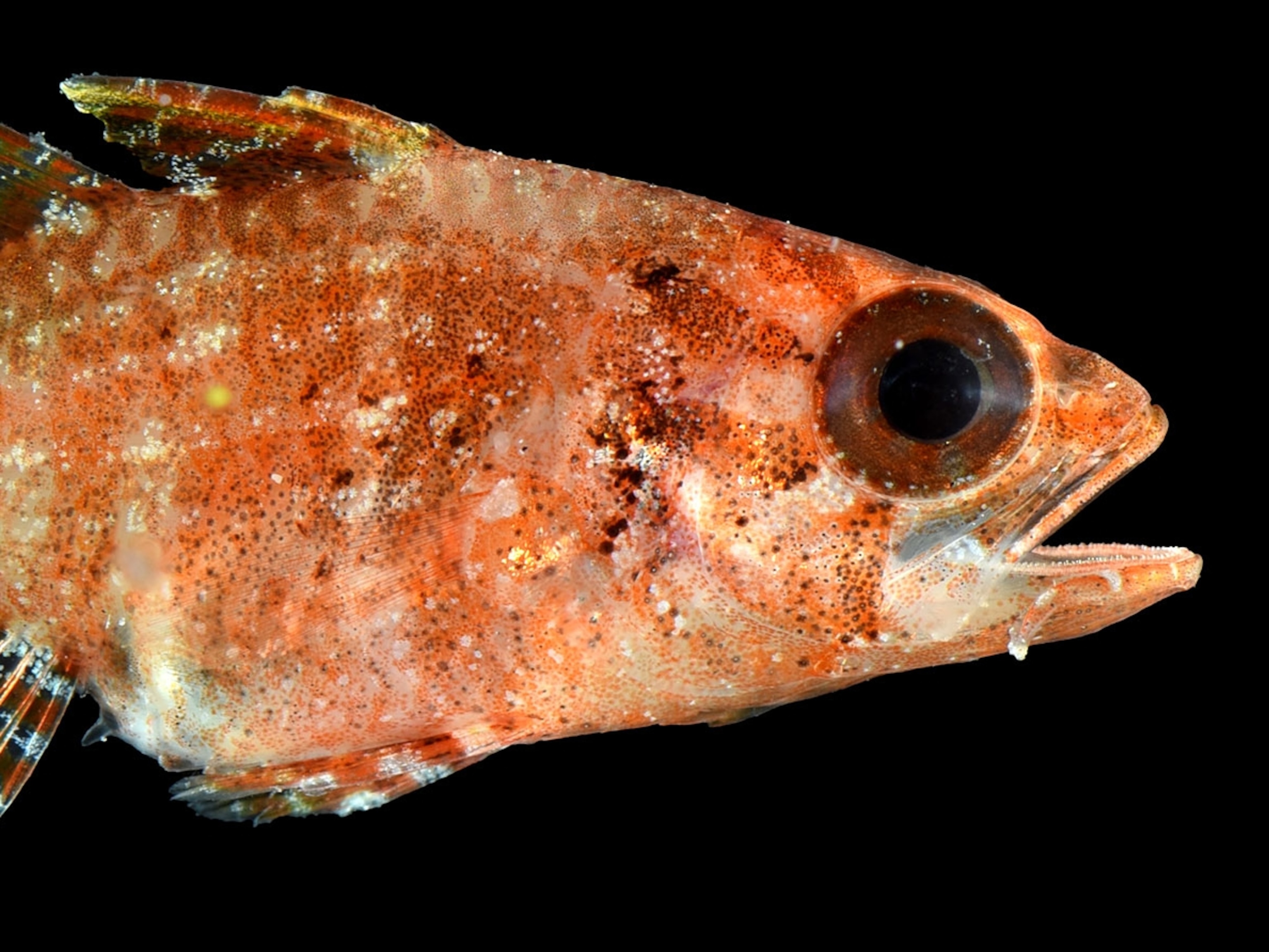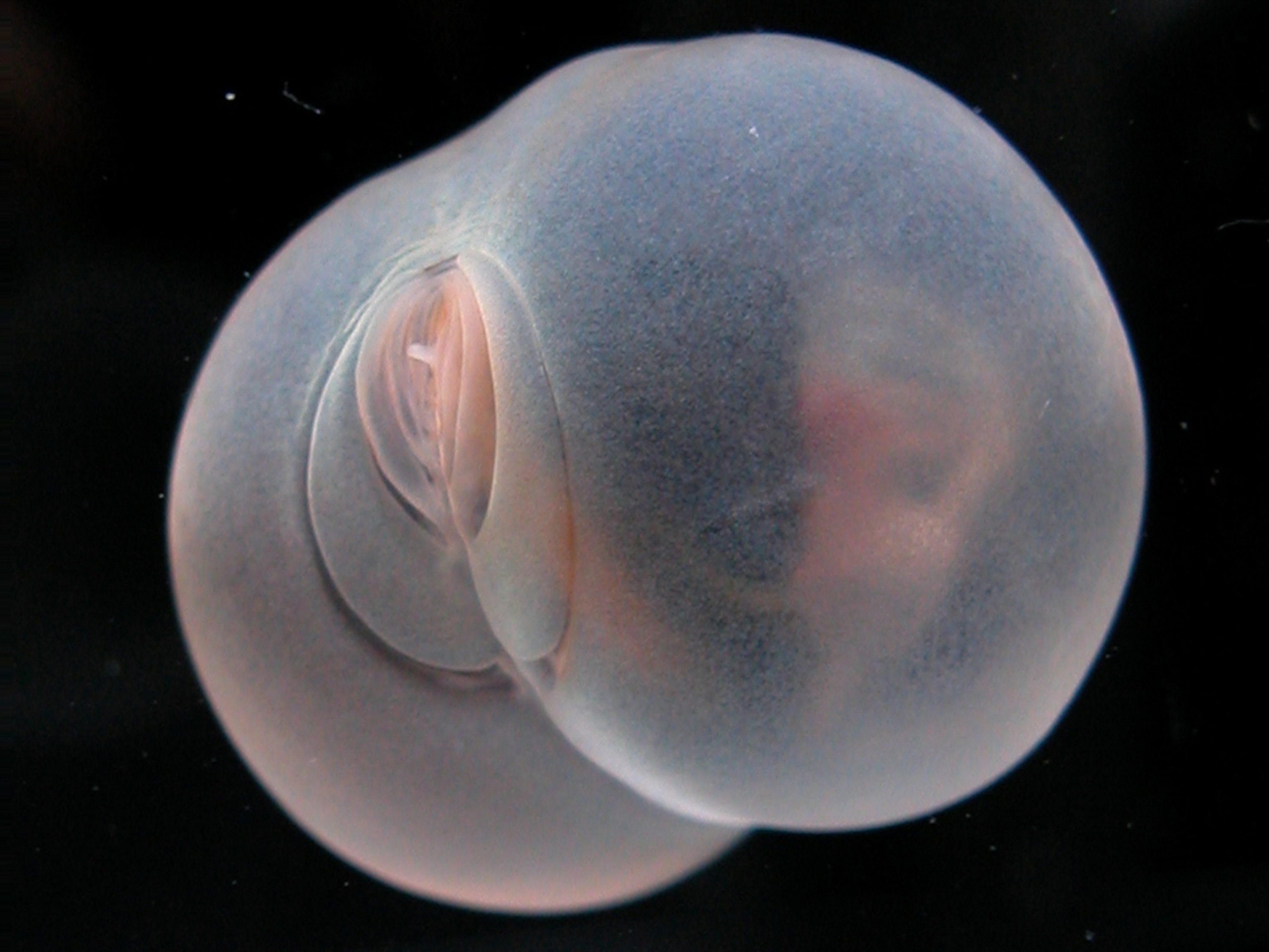Watch a Strange 'Walking Fish' That Has Experts Stumped
A diver in Bali, Indonesia, encountered the rare animal pacing the seafloor at night.
During a recent night dive off the coast of Bali, Indonesia, a diver named Emeric Benhalassa noticed something odd.
A fish appeared to be walking across the seafloor on a pair of legs.
Benhalassa, a French cook who dives in his free time, suspected it was a type of stingfish, which are among the most venomous fish on Earth.
(Walking Began Underwater, Strolling-Fish Discovery Suggests)
"The stingfish came to meet me probably thanks to the light," he says by email. It was "bizarre and pretty ... I thought that this could please the Internet."
Scientists contacted for this story agree that the odd creature is likely a member of the genus Minous, more commonly known as stingfish. (See Pictures: "'Walking' Fish a Model of Evolution in Action.")
"They have venom glands at the base of the dorsal spines and when the spine is pushed into a person’s skin, the venom is essentially injected into the wound," says Jeff Williams, collections manager and ichthyologist at the Smithsonian National Museum of Natural History.
Of course, stingfish don’t actually have legs. Instead, parts of the fish’s pectoral fins have separated through evolution. According to Hiroyuki Motomura, a marine biologist at the Kagoshima University Museum in Japan, stingfish and their relatives use these “pectoral filaments” to probe the mud for worms and crustaceans. (See more pictures of strange-looking sea creatures.)
But experts are less sure about its species, in part because it's so difficult to tell the difference between closely related fish species without holding a specimen in your hands.
A Mystery Afoot
For his part, Williams thinks the animal is a striped stingfish, Minous trachycephalus.
W. Leo Smith, an ichthyologist at the University of Kansas’s Biodiversity Institute, disagrees based on subtleties of tail coloration.
“I don't think it is M. trachycephalus because M. trachycephalus has a tail with alternating dark and light stripes,” says Smith. Instead, he guesses the fish is a painted stinger, M. pictus, because it has “a pale tail, but is equally stubby and similarly colored.” (See "Pictures: Nine Fish With 'Hands' Found to Be New Species.")
Stuart Poss, an ichthyology research associate at the California Academy of Sciences, says there’s a chance it could be either of those species and adds yet another possibility: M. quincarinatus, more commonly known as the whitetail goblinfish.
Of course, it’s also possible that the hot-stepping stingfish belongs to an entirely new species. This is what Motomura believes. In fact, it may be one of the new species that he and a student, Yukino Ando, are working to describe. It's "very lucky to record the new species,” says Motomura.
Devil Fish
While the stingfish in Benhalass’s video certainly looks conspicuous enough, little is known about the animal’s behavior or biology. This is probably because stingfish spend most of the day embedded in mud and are thus rarely seen by divers. (Read "Our Fishy Ancestors Had Fins Made for Walking.")
Most specimens get hauled out of the deep by fishermen looking for shrimp. Some of them even end up on dinner plates in Asia: “It is one of the most delicious fishes, and a very high price fish in Japan,” says Motomura.
However, elsewhere in Southeast Asia, Motomura says, stingfish are thrown back into the ocean because they are believed to be devils.
Thanks to the fish’s rarity, videos are valuable for unveiling more details about their secretive lives. “This video gives us information on their walking behavior for the first time," he says.





